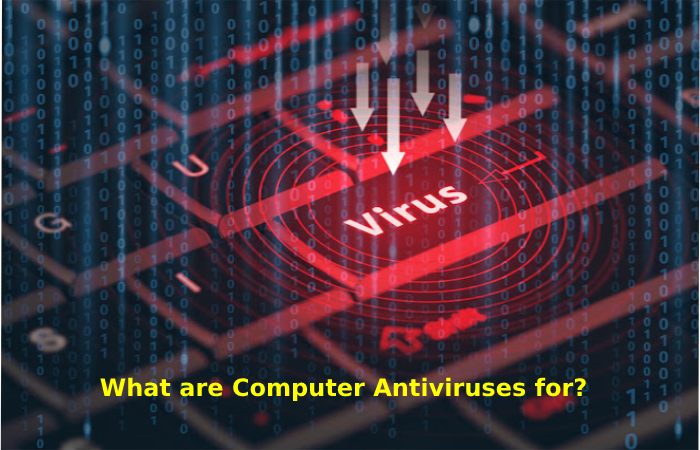Table of Contents
Introduction
Computer viruses are bits of application software whose purpose is to detect and remove computer viruses from a computerized system. In other disputes, it is a program that seeks to remedy the damage caused by these invasive forms of software, whose presence in the system is usually not detectable until its symptoms become evident, such as biological viruses.
What are Computer Antiviruses for?

Antiviruses today do more than scan and disinfect a machine that has contracted a computer virus. They usually offer active monitoring services to prevent an infected document from gaining full access to the system, block insecure web pages and delete risky files as soon as they enter the computer. It is often called active protection.
On the other hand, computer antiviruses also deal with other pieces of unwanted software, such as spyware, malware or rootkits, and even hacking attempts. To do this, it has a firewall (remote connection blocking software) and a virus definition database, which is a sort of encyclopedia of known viruses.
Types of Computer Viruses
Every virus has a payload that does an action. The threat actor can encode any malicious activity into the virus payload, including simple, harmless pranks that do not harm. While some viruses have harmless payloads, most harm the system and its data. There are nine main types of viruses, some of which can be bundled with other malware to increase the risk of infection and damage. The nine main categories of viruses are:
Boot Sector Virus
Your computer’s hard drive has a sector that is only responsible for facing the operating system so it can boot into the interface. A boot sector virus corrupts or controls the boot sector on the drive, rendering the machine unusable. Attackers usually increase these types of viruses using malicious USB devices, and the virus gets started when operators plug in the USB device and start their computers.
Web script Virus
Most browsers have protections against malicious web scripting, but older, unsupported browsers have vulnerabilities that let an attacker run program on the local device.
Browser Hijacker
A virus that can change your browser settings hijacks your browser bookmarks, homepage URL, and search settings and redirects you to a malicious website. The website can be a phishing or adware site used to take data or make money for the attacker.
Resident Virus
A virus that can access computer memory remains dormant until a payload is deliver is resident. This malware can remain dormant until a date, time, or until a user takes action.
What Causes Computer Viruses?
Computer viruses are standard programs; Instead of offering valuable resources, these programs may harm your device. For an attacker to run a virus on your computer, you must start it running. In some cases, an attacker can execute malicious code from your browser or remotely from another computer on the network. Modern browsers have defenses against local machine code execution. But third-party software installed in the browser may have vulnerabilities that allow viruses to execute locally.
A computer virus can also transmitted in several ways. A standard method is a phishing email; another technique is to host malware on a server that promises to deliver a legitimate program. It can be implement using macros or malicious code into legitimate software files.
What does a Computer Virus do?
How a computer virus works depends on how it is coded. It can be something as simple as a prank that does no harm or something sophisticated that leads to criminal activity and fraud. Many viruses only affect a local device; others spread through a network environment to find other vulnerable hosts.
A virus that infects a host device continues to deliver payloads until it is remove. Most antivirus providers have small removal programs that remove the virus. Polymorphic viruses are difficult to eliminate because they constantly change their imprint. The payload can be data theft, destruction, or disruption of services on the local network or device.
